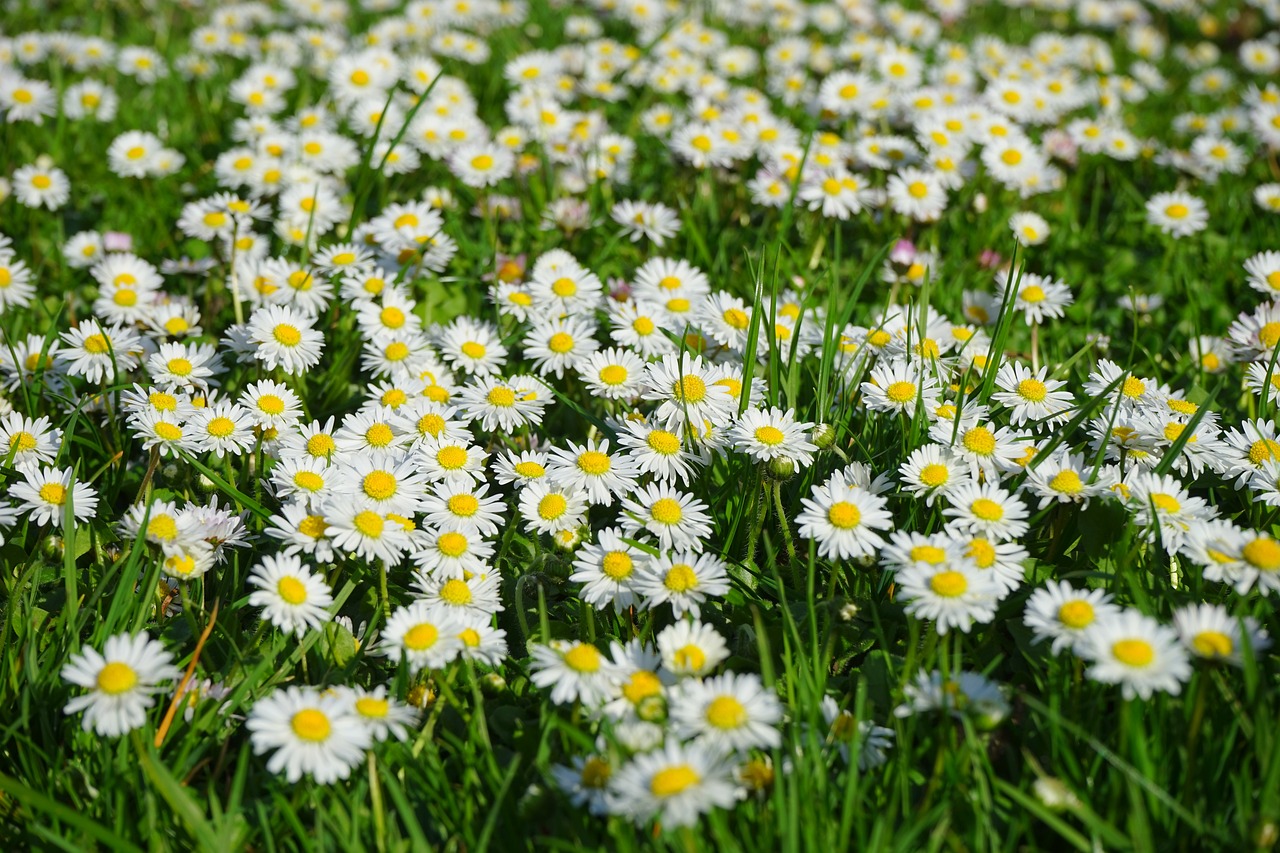
Shasta daisies, with their cheerful faces and bright white petals, are a summer garden staple. But their beauty doesn’t have to stand alone! By choosing the right companion plants, you can create a vibrant and dynamic display that extends the flowering season, attracts pollinators, and keeps your daisies healthy.
Let’s show you the wonders of companion planting for Shasta daisies, exploring a variety of options to suit your vision and garden style.
Sun-Kissed Partners: Complementing Colors and Heights
A Symphony of Blues and Purples
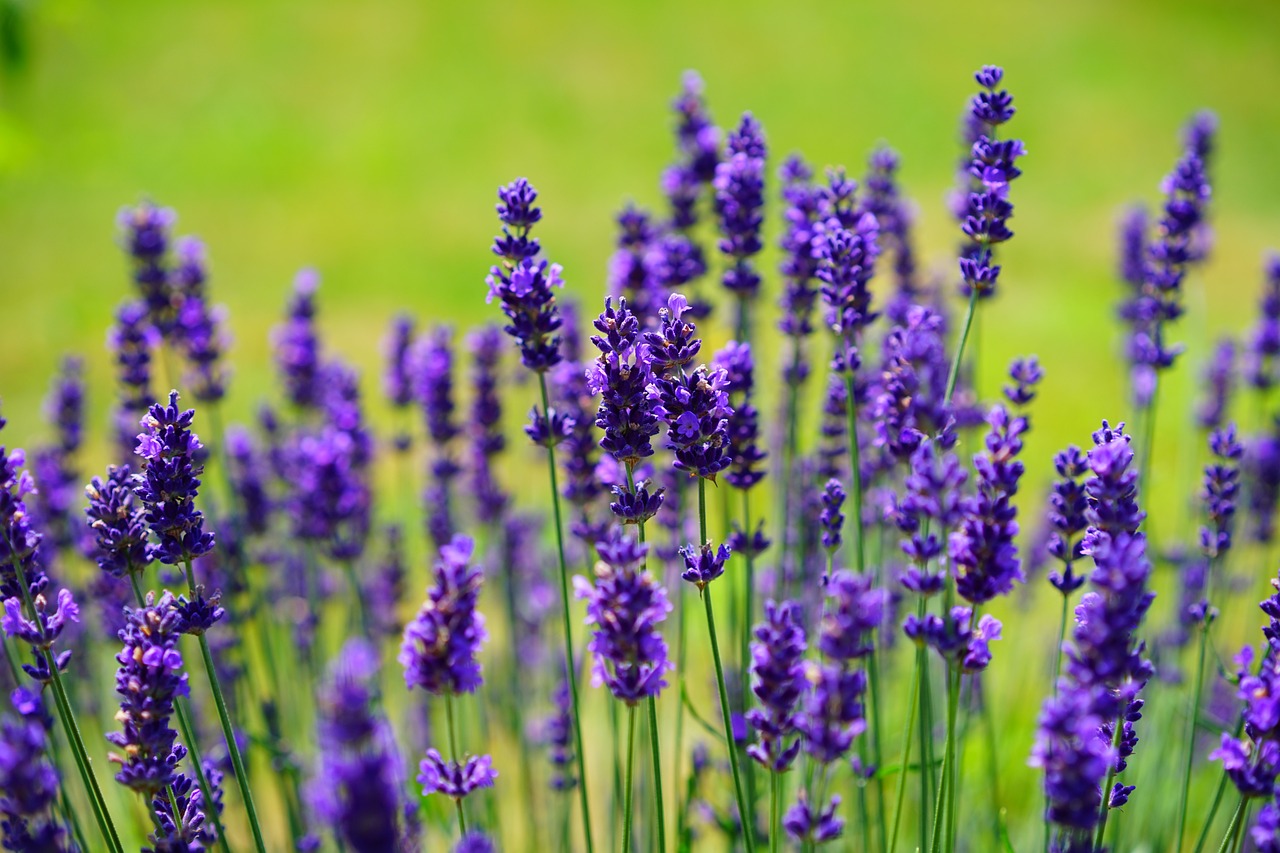
Shasta daisies are known for their classic white blooms, but a touch of contrasting color can elevate your garden design. Lavender (Lavandula angustifolia) is a natural choice. Its fragrant purple flowers bloom alongside the daisies, creating a calming and visually pleasing combination. The silvery-green foliage of lavender adds textural interest, while its low-growing habit complements the taller daisies.
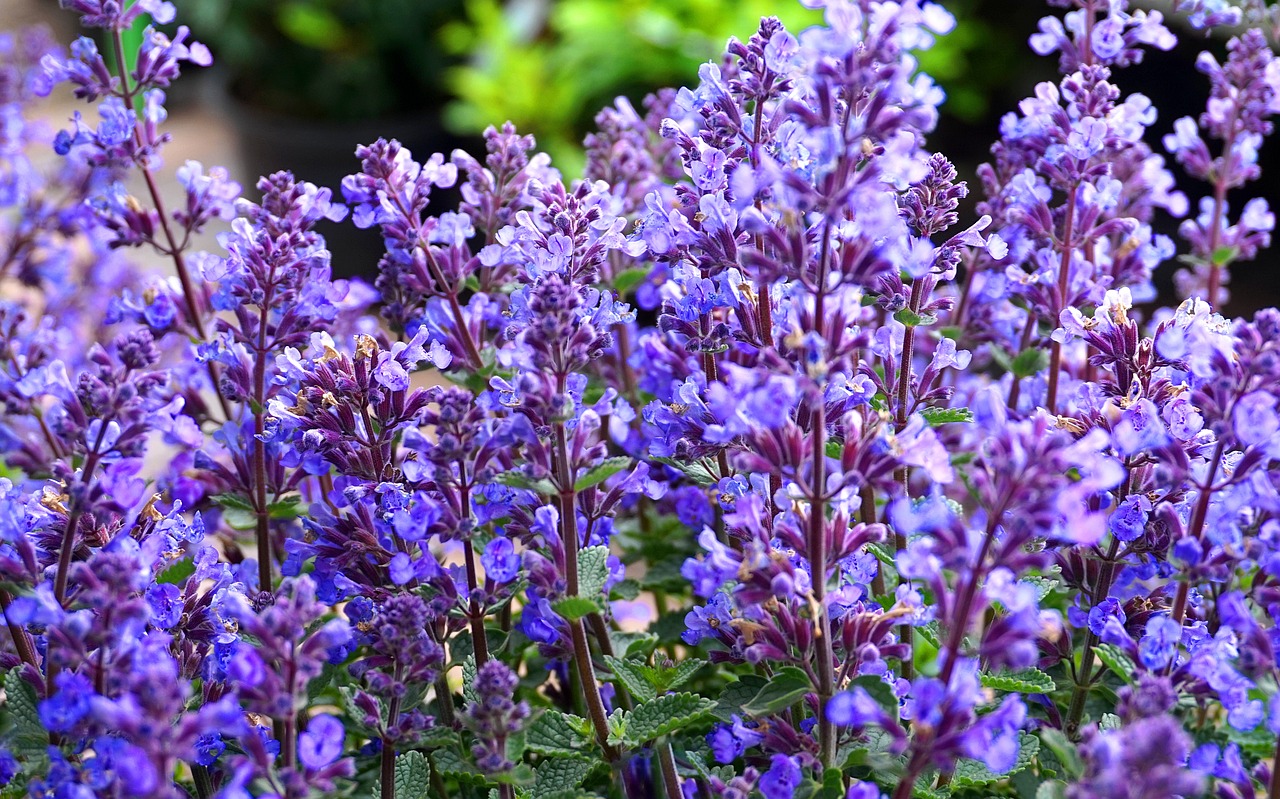
Don’t stop at lavender! Consider other cool-toned beauties like Russian sage (Perovskia atriplicifolia) with its spiky blue flowers that bloom in late summer, or nepeta (Nepeta x faassenii), commonly known as catmint, which offers clouds of lavender-blue blooms throughout the season.
A Touch of Warmth: Yellows and Oranges
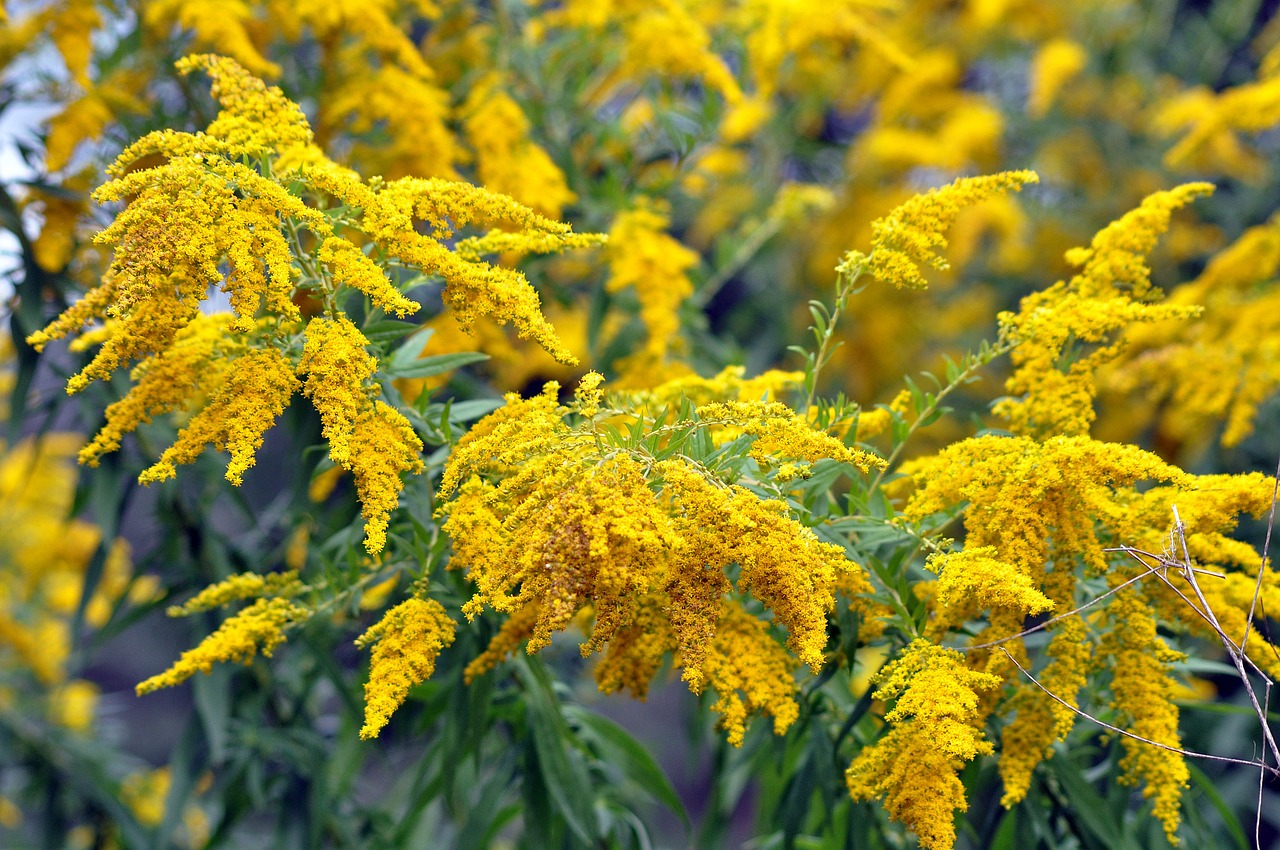
For a warmer color palette, consider pairing your daisies with goldenrod (Solidago spp.). This native North American wildflower comes in various heights and boasts bright yellow flower clusters that attract butterflies and bees.
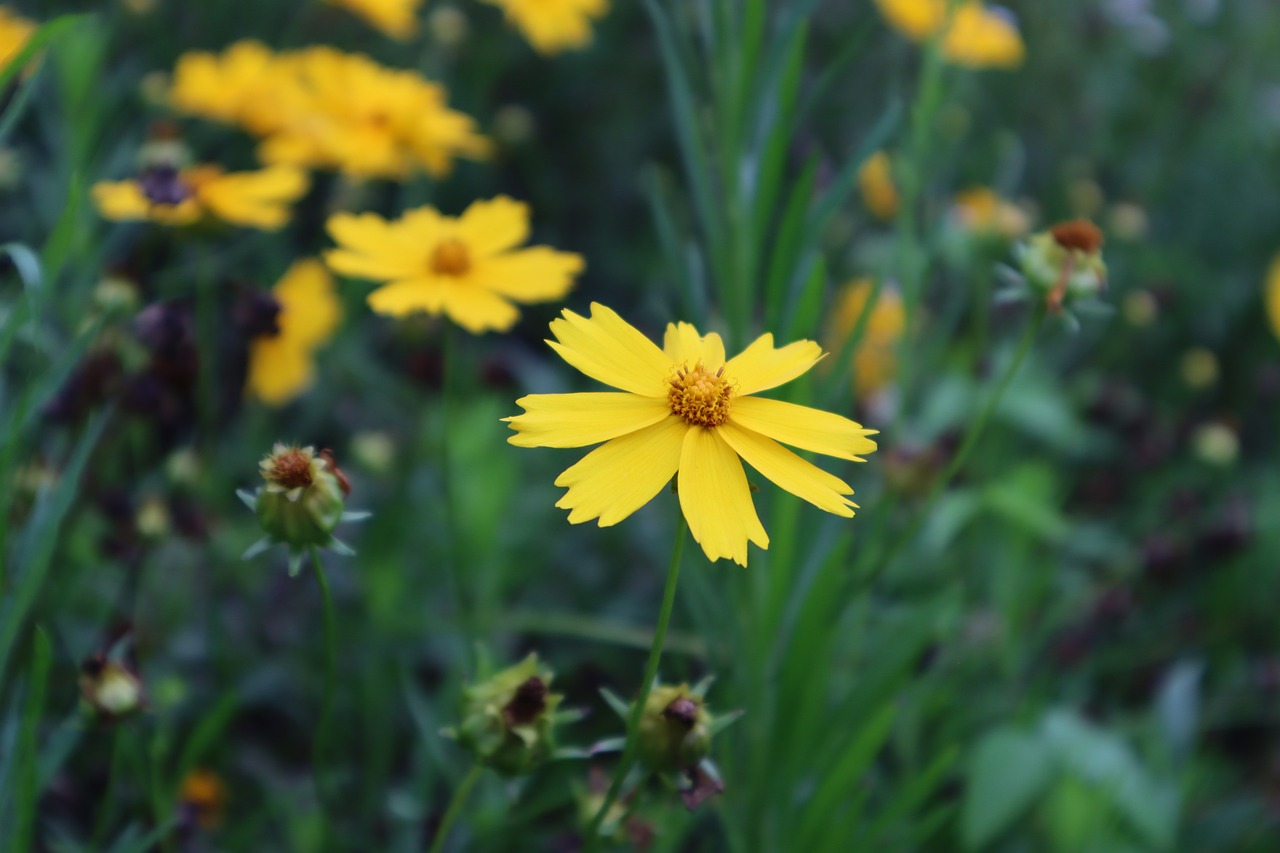
Coreopsis (Coreopsis spp.) is another excellent choice, with its cheerful yellow daisy-like flowers that bloom continuously throughout the summer.

Think beyond the typical yellow and orange. Crocosmia (Crocosmia x crocosmiiflora) adds a fiery touch with its sword-like leaves and vibrant orange or red blooms that appear in late summer and fall. This combination creates a dynamic contrast, ensuring your garden remains a showstopper even as the season progresses.
Shasta daisies typically range from 1 to 3 feet in height. To add depth and dimension to your garden, consider planting taller companions in the background. Foxgloves (Digitalis purpurea) with their tall spires of pink, purple, or white flowers create a dramatic backdrop for Shasta daisies. Delphiniums (Delphinium spp.) follow suit, offering tall, stately blooms in shades of blue, purple, and white.
For a more informal look, consider planting hollyhocks (Alcea rosea) behind your daisies. These old-fashioned beauties boast large, single or double flowers in a range of vibrant colors, adding a touch of whimsy to the garden.
Pollinator Powerhouses: Attracting Buzzing Beauties
Shasta daisies themselves are attractive to pollinators like butterflies and bees. However, you can further enhance your garden’s appeal by planting companion plants that provide nectar and pollen throughout the season.
- Yarrow (Achillea millefolium): This low-maintenance perennial offers flat clusters of yellow or white flowers that attract butterflies and bees in droves.
- Echinacea (Echinacea purpurea): Also known as coneflowers, these colorful perennials boast daisy-like flowers with prominent central cones that are a magnet for pollinators.
- Cosmos (Cosmos bipinnatus): These cheerful annuals come in a range of vibrant colors, from white and pink to orange and purple. They bloom continuously throughout the summer and are a favorite among butterflies.
Filling the Gaps: Groundcovers and Filler Plants
Shasta daisies tend to have an open, airy growth habit. To create a more cohesive look and prevent weeds from taking hold, consider planting groundcovers or filler plants between them.
- Creeping phlox (Phlox subulata): This low-growing perennial boasts masses of star-shaped flowers in shades of blue, pink, and white. It thrives in full sun and fills in the spaces around the daisies beautifully.
- Ajuga reptans (Bugleweed): This versatile groundcover offers attractive evergreen foliage with spikes of blue or purple flowers in the spring. It tolerates some shade and helps suppress weeds.
- Dianthus (Dianthus spp.): Commonly known as pinks, these low-growing perennials come in a variety of colors and offer a delightful fragrance. They thrive in full sun and add a touch of charm to the base of the daisies.
Beyond Beauty: Functional Companions
While aesthetics are important, some companion plants offer practical benefits for your Shasta daisies.
- Alliums (Allium spp.): These ornamental onions with their striking globe-shaped flower heads not only add visual interest but also help deter pests like aphids and rabbits, thanks to their strong scent.
- Nasturtiums (Tropaeolum majus): These cheerful annuals with trumpet-shaped flowers not only attract pollinators but also act as a trap crop for aphids, drawing them away from your precious daisies.
- Marigolds (Tagetes spp.): These bright yellow or orange annuals have a reputation for repelling nematodes, a type of worm that can damage plant roots.
Designing Your Dream Daffodil Display
Now that you’ve explored a variety of companion plants, it’s time to translate this knowledge into a stunning garden design! Here are some tips:
- Consider your garden’s light conditions. Shasta daisies thrive in full sun, so most companion plants should also enjoy similar sun exposure.
- Think about bloom times. Stagger your plantings so that there’s always something flowering throughout the season. Early bloomers like columbines can precede the daisies, while late bloomers like asters can extend the color show.
- Don’t forget about plant height. Create a layered effect by planting taller companions in the back and shorter ones in the front.
- Play with color. Use contrasting or complementary colors to create a visually appealing display.
- Consider the mature size of your plants. Don’t crowd your daisies! Leave enough space for them to grow to their full potential.
Conclusion: A Symphony of Blooms Awaits
Choosing the right companion plants, you can transform your Shasta daisies from a single act into a captivating performance. From attracting pollinators and deterring pests to creating a visually stunning display, companion planting unlocks the full potential of your garden. So, get creative, experiment with different combinations, and watch your dazzling Shasta daisies take center stage in a symphony of blooms!
